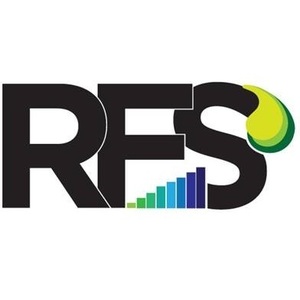Biofuel groups file comments urging EPA to set strong RFS RVOs




February 4, 2022
BY Erin Krueger
Advertisement
Advertisement
Related Stories
The U.S. EIA maintained its forecasts for 2025 and 2026 renewable diesel production in its latest Short-Term Energy Outlook, released Oct. 7. The production outlook for “other” biofuels, which includes SAF, was also unchanged.
CHAR Technologies Ltd. has announced its Thorold Renewable Energy Facility project remains on track to complete construction of its commercial biocarbon production line by year-end, with RNG production expected in 2026.
Waga Energy, the Waste Commission of Scott County, and Linwood Mining and Minerals have announced the successful start-up of a renewable natural gas (RNG) facility at the Scott Area Landfill in Davenport, Iowa.
A United Kingdom biogas plant turned to progressive cavity pump technology to solve a costly digestate handling issue.
Utility Global Inc. and Maas Energy Works on Oct. 7 announced an agreement to advance the development of the first commercial project in California to use dairy digester biogas for direct hydrogen fuel production. The





